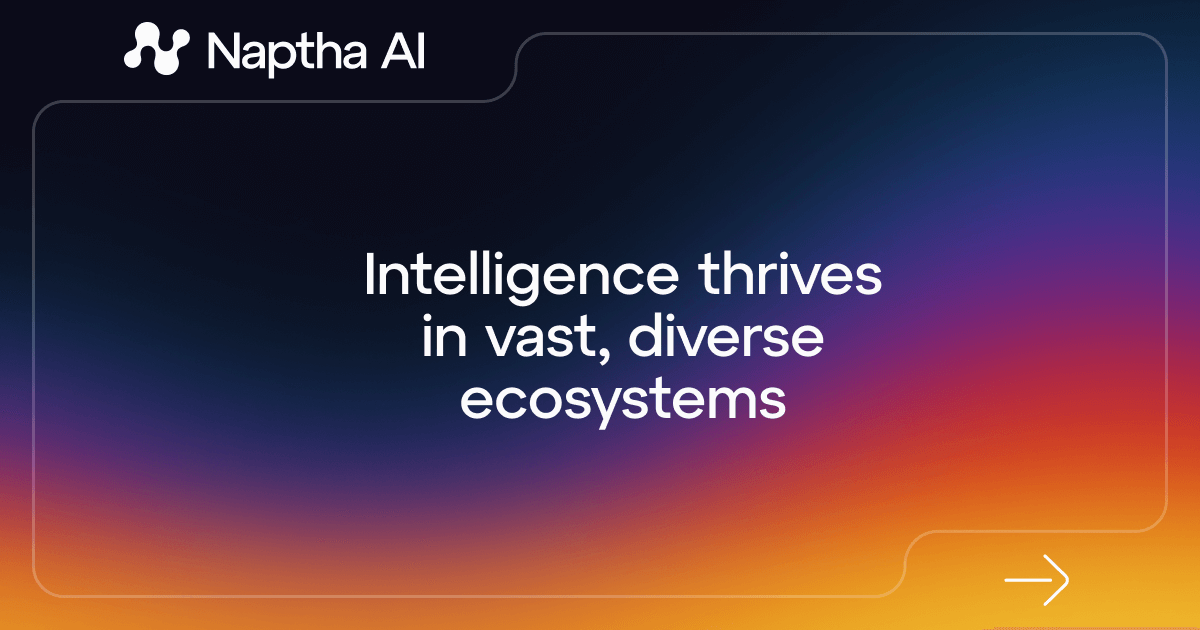
Table of Contents
Overview
The world of AI agents is rapidly evolving, and navigating this landscape requires powerful tools. Enter Naptha.AI, a modular platform designed for building, scaling, and orchestrating autonomous AI agents in decentralized environments. If you’re a developer or researcher looking to deploy cooperative agents and explore the agentic web, Naptha.AI offers a compelling solution. Let’s dive into what makes this platform stand out.
Key Features
Naptha.AI boasts a range of features tailored for advanced AI agent development:
- Agent Orchestration Framework: Provides the infrastructure to manage and coordinate multiple AI agents working together.
- Modular AI Infrastructure: Allows developers to customize and extend the platform with their own components.
- Support for Cooperative AI Agents: Facilitates the creation of agents that can communicate and collaborate effectively.
- Web-Based Agent Deployment: Enables easy deployment of agents across various web services.
- Research-Focused Tooling: Offers specialized tools and resources for AI research and experimentation.
How It Works
Naptha.AI simplifies the process of creating and deploying AI agents. Developers use Naptha’s SDK to build their agents, defining their behavior and capabilities. These agents are then deployed on a distributed infrastructure managed by Naptha. The platform supports seamless integration, communication, and scaling across web services using agent-specific protocols. This allows agents to interact with each other and external systems, forming complex, cooperative networks.
Use Cases
Naptha.AI opens doors to a variety of exciting applications:
- AI Research in Agent Autonomy: Provides a platform for researchers to explore and test new approaches to agent autonomy and intelligence.
- Developing Multi-Agent Systems: Enables the creation of complex systems where multiple agents work together to achieve a common goal.
- Decentralized AI Applications: Supports the development of AI applications that are distributed across multiple nodes, enhancing resilience and scalability.
- Experimental AI Workflows: Offers a flexible environment for experimenting with new AI workflows and agent interactions.
Pros & Cons
Like any emerging technology, Naptha.AI has its strengths and weaknesses. Let’s take a look:
Advantages
- Modular and Extensible: The platform’s modular design allows for easy customization and extension, adapting to specific needs.
- Agent-First Design: Naptha.AI is built from the ground up with AI agents in mind, providing a natural and intuitive development experience.
- Suitable for Research and Scale: The platform is well-suited for both research and production environments, allowing for seamless transition from experimentation to deployment.
Disadvantages
- Technical Onboarding Curve: The platform’s advanced features may require a significant learning curve for new users.
- Limited Commercial Documentation: As an emerging platform, commercial documentation may be limited compared to more established solutions.
- Emerging Platform with Evolving Standards: The platform is still evolving, which may lead to changes in standards and APIs over time.
How Does It Compare?
When considering AI agent platforms, it’s important to understand the competitive landscape. LangChain is a popular choice, but it’s more focused on LLM orchestration. AutoGPT offers an individual agent framework. Naptha.AI distinguishes itself with its multi-agent, web-native, and modular design, making it a strong contender for developers building complex, cooperative agent systems.
Final Thoughts
Naptha.AI is a promising platform for developers and researchers looking to build and deploy autonomous AI agents. Its modular design, agent-first approach, and support for cooperative agents make it a powerful tool for exploring the evolving agentic web. While it has a technical onboarding curve and limited commercial documentation, its potential for innovation and scalability makes it a platform worth watching.

